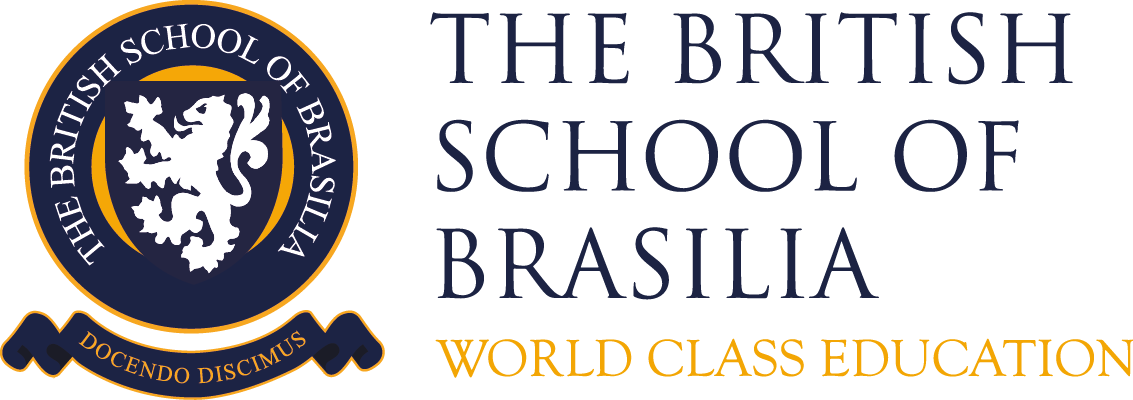First steps to literacy in Portuguese
BSB’s Brazilian Studies Department has started to implement a literacy method emphasising the use of the phono articulatory system that primarily uses phonics, visual and articulatory strategies as a combined multisensory approach. This method is applied to support children’s literacy skills and mediate any possible reading and writing issues.
This method considers that the acquisition of knowledge starts from the mouth, initially with the function of breathing, then feeding and finally produces sounds that will eventually become speech. This way, the activities presented will stimulate the hearing perceptions. We use this approach from Nursery with word recognition, allowing the child to progress from nominal realism. For that, we use puzzles with objects of various sizes, emphasising their names and allowing pupils to associate words. We also work with games that help their memory, listening and attention development, for example listening to songs and reproducing parts correctly, listen to the environmental sounds and those those produced by the body.
After developing these skills we start to introduce vowel sounds and work with specific articulations. Understanding this allows the abstract sound to become real.
We use syllabical speech and associate each syllable to a mouth movement. The emphasis during this time is the sound, which, once perfected, supports the writing. When we start the process of practicing the writing, progressively we start to introduce new mouth shapes (articulation point) and rapidly, pupils start to recognise new letters in words, independently.



